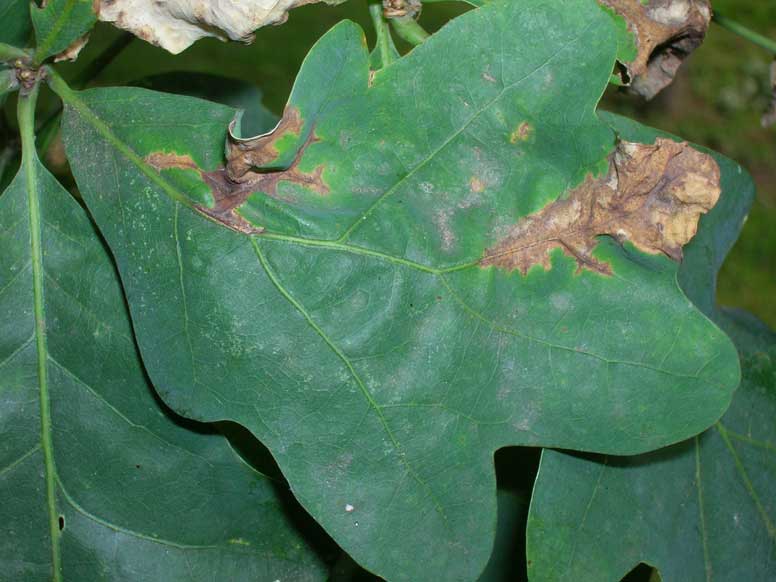5 COMMON PESTS THAT LIKE TO CALL YOUR LAWN HOME
Bugs and worms and grubs – oh my!
For trusted expertise and superior results,
find a landscape professional near you.

The most valuable part of any living, growing landscape are the trees that provide a protective border around your property, that offer shade during the “dog” days of summer, and that act as an all-season wind break.
Strong, healthy trees perform countless other chores; the emphasis is on the word “healthy.” Trees have a number of enemies including wind, temperature extremes, lightning, hail, snow, and ice. They can suffer from disease and pest damage and we humans can also unintentionally stunt their growth and contribute to their demise.
Here are a few common symptoms exhibited by unhealthy trees and what their cause may be:
Slow growth poor growth or decline in growth, This occurs when trees are planted too deep or roots are covered by adding soil over existing roots. Healthly trees should have trunks with roots flaring out from the base slightly above the soil level.
Decline in your ash tree’s crown, D-shaped exit holes in the bark, and excessive woodpecker damage. This may be an indication of EAB infestation. The Emerald Ash Borer (EAB) was discovered in Michigan in the summer of 2002 and has since killed several million ash trees throughout the Midwest.
Defoliation. Unlike the EAB, the gypsy moth will feed on several different species of trees and shrubs. The damage is caused by larvae or caterpillars when they emerge in early spring and start feeding on leaves. Most trees can survive moderate defoliation, but more excessive damage can make them vulnerable to other insects and diseases. This pest prefers leaves of deciduous hardwood trees such as maple, elm, and especially oak.
Oak leaves prematurely turning yellow. This is one of the first signs of iron deficiency. If left untreated, leaves will turn brown and the tree will die.
A yellow brown cast to your evergreen trees. This is usually an indicator of winter burn caused when trees evaporate moisture during the winter that cannot be replaced because the soil is frozen. An application of an anti-desiccant or anti-transparent will prevent winter burn.
Dead leaves versus twisted or curled leaves. Dead leaves at the tops of trees are usually the result of root damage or borer infestation versus twisted or curled leaves that may indicate viral infections, insect feeding, drought or exposure to herbicides.
Holes in the tree, oval to round darkened wounds in the bark, and large piles of sawdust around the base of a tree. Symptoms of chewing beetles.
Premature color. A few tree limbs or an entire tree that exhibits premature color in the fall is usually linked to root-related stress.
If you observe any of the above symptoms, contact your landscape professional or tree care expert. They can diagnose the problem and offer treatment options.
Photo courtesy of Davey Tree.
We recently updated our Privacy Policy. By continuing to use this website, you acknowledge that our revised Privacy Policy applies.